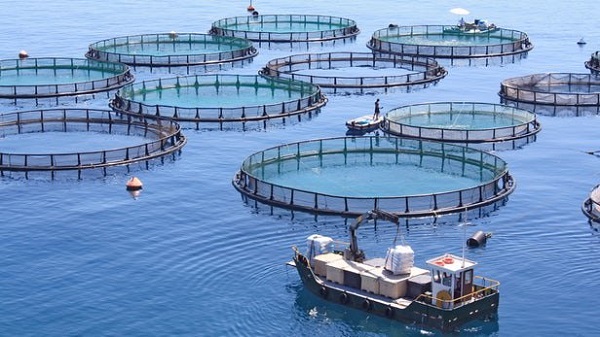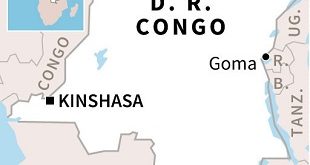
COMMENT | LINUS BLOMQVIST | As global demand for seafood increases alongside population and income growth, fish farming has become more necessary than ever, despite its negative environmental externalities. But how can the aquaculture industry achieve long-term sustainability, both in terms of conservation and energy usage?
Demand for seafood is skyrocketing, and will continue to rise throughout this century. The only way to meet it will be through aquaculture.
Yet, while next-generation aquaculture will be far more ecologically responsible than its predecessors, it will also use far more energy. If that additional energy is not clean and cheap, new aquaculture technologies cannot serve our broader environmental and climate goals.
The rise in demand for seafood is a good thing, to a point. Fish are more efficient than pork and beef, because they require fewer inputs to yield the same amount of protein. So, as global meat consumption continues to rise, it makes sense for a sizeable share of it to come from the sea.
On the other hand, rising demand for seafood poses significant ecological risks. According to the United Nations Food and Agriculture Organization nearly one-third of global fish stocks, are already harvested at an unsustainable level, meaning wild populations cannot regenerate quickly enough to make up for the rate at which they’re fished. And, because wild populations lack the carrying capacity to meet the increase in demand, more fish have to be farmed.
For that reason, aquaculture is already the leading mode of fish production for human consumption. But, like fishing, it also poses ecological risks.
Because aquaculture systems often operate on coastlines or near inland rivers or ponds, they tend to disrupt natural habitats, contribute to nitrogen pollution, and add undue pressure on feeder fish stocks. For example, fish farming is one of the main drivers of mangrove deforestations in Southeast Asia.
But even with these conservation challenges in mind, aquaculture remains the only option for meeting future demand. The path that the industry takes today will thus have far-reaching environmental implications for years to come.
In the near term, fish farms can in fact be made cleaner. A few responsible producers have introduced new techniques and technologies to combat pollution, from monitoring feed uptake with video cameras to integrating filter feeders like shellfish and seaweed into their systems.
Others are attempting to reduce their reliance on forage fish by replacing fish meal with plant proteins, or by adopting new biotechnologies to produce fish feed more sustainably. But so long as these aquaculture systems are embedded in coastal or freshwater environments, they will continue to contribute to habitat loss and ecological disruption.
For the long term, then, experts generally offer two ways forward: land-based recirculating systems and offshore aquaculture. Both could potentially mitigate the negative externalities of aquaculture and make fish production sustainable well into the future.
 The Independent Uganda: You get the Truth we Pay the Price
The Independent Uganda: You get the Truth we Pay the Price



see alphalapia.com to get even more information about fish farm businesses
Great content, thanks.